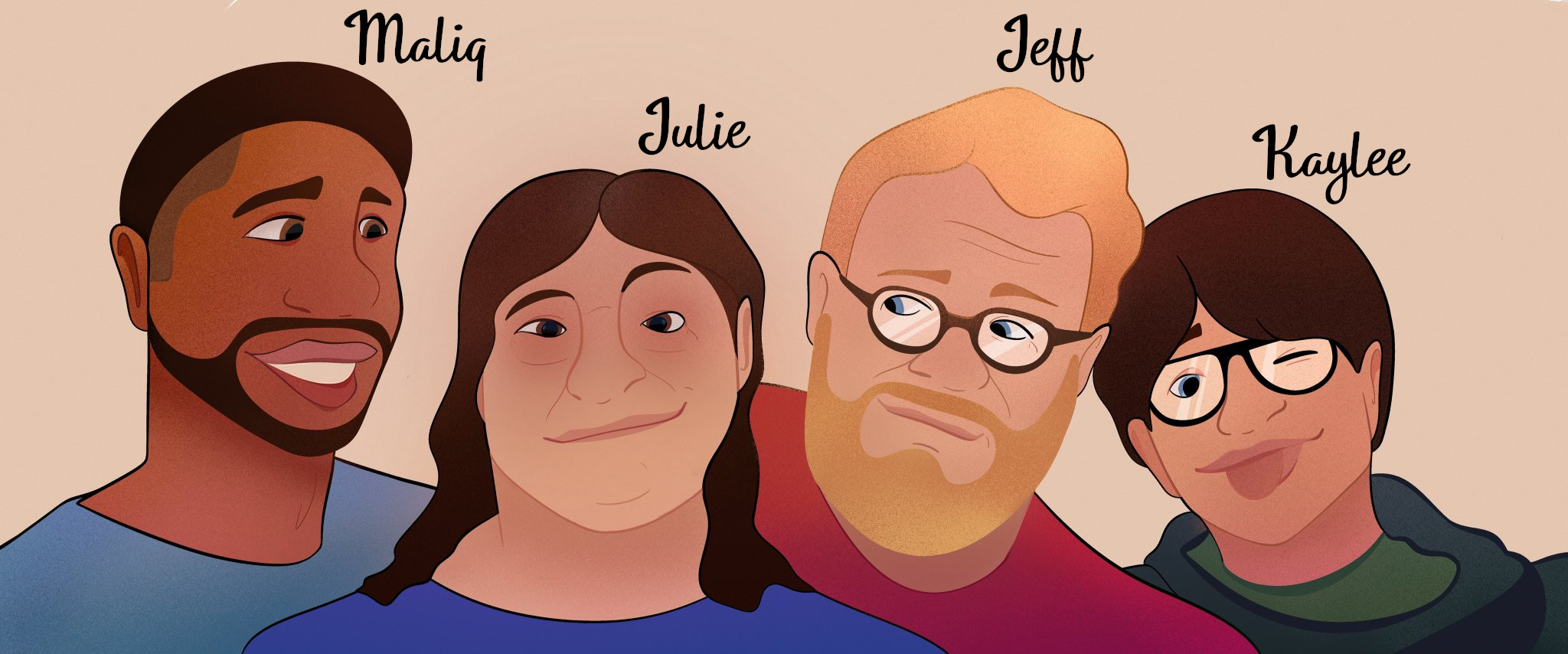
Jeff Moore
Dreams & Dragons
I have named my "publishing company" Dreams and Dragons. The zine style publications that I share here will be available for print on demand.
Jeff Moore
I'm an indy table top RPG designer who has been providing free PDF RPG content to the table top gaming community for over 25 years. Everything that I have created is meant for my own amusement and a lot of it is pretty rough around the edges. But, over the years some folks have discovered a few gems. Perhaps you will too.
Jeff
PS: my banner art is my family drawn by my daughter Kaylee. I am hopeful that one day I can sweet talk her into doing the art for one of my RPG projects. (That would be awesome!)
For more free games visit my blog at comicbookheart.com.
A superhero table top RPG in a 20 page zine format that uses the Five By Five game system.
A versatile multi-genre table top RPG in a 16 page zine format originally published in 2008.

